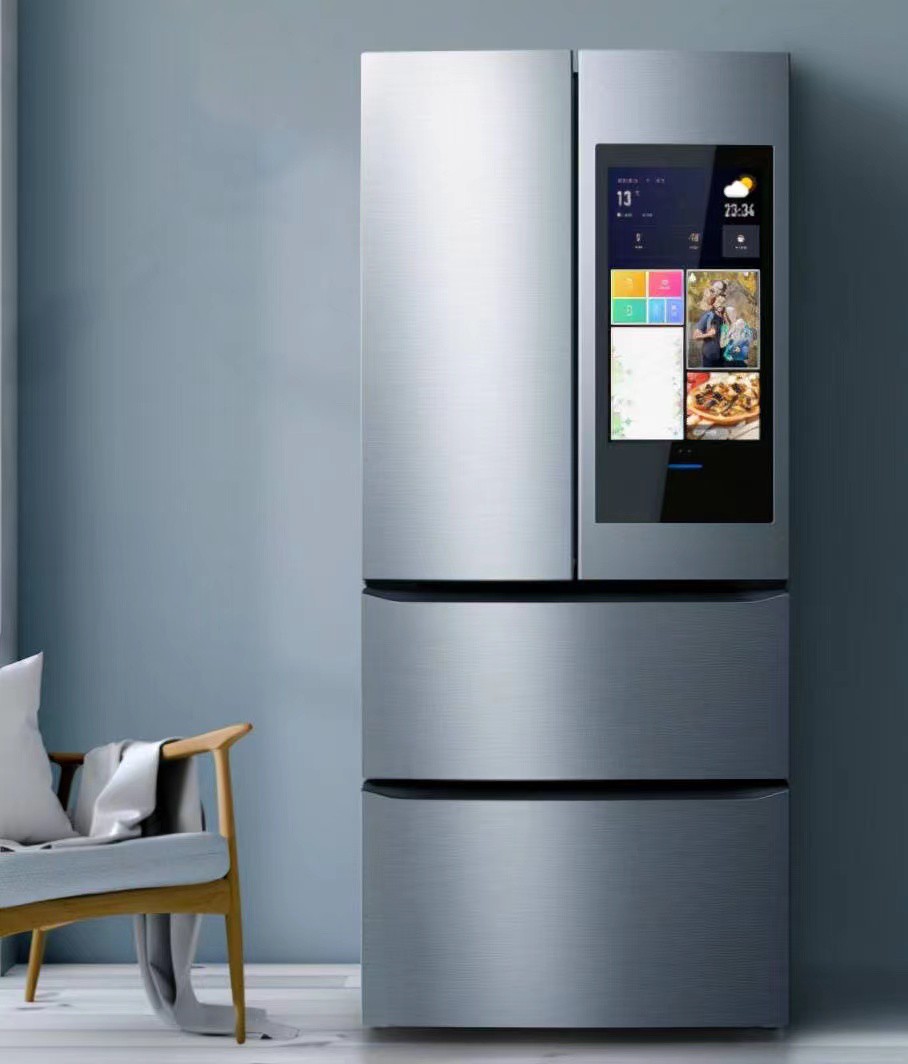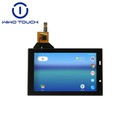The principle and composition of touch screen
Touch screens are a common input method in modern electronic devices. It is based on the principle of sensing a change in electrical charge on the touch screen to obtain information about the user's operation. Specifically, a touch screen usually consists of a touch layer, a sensor, a control circuit and a display.
The touch layer is usually made of conductive material and is placed on the surface of the display, where it can be touched by the user. When the user touches the screen, the electrical charge on the touch layer changes, resulting in a change in the electric field, and this change is detected by the sensor.
The sensor is the core component of the touch screen, measuring the change in charge and converting it into an electrical signal that is further processed by the control circuitry to determine where the user touches and how they operate. Sensors are usually detected using capacitance or resistance, with capacitive touchscreens being the common modern technology.
The control circuit is the circuit integrated into the touch screen to process the signal generated by the sensor and convert it into computer readable data. This circuit is responsible for reading information such as the user's touch position, touch time and touch force, which is further passed to the computer for user operation.
The display is one of the components of the touch screen and it responds better to the user's actions by feeding back the data generated by the sensors. At the same time, a display with high definition can also show the user feedback on their actions.
The application of touch screen
Touch screens are widely used in smart homes and have become an integral part of modern life. The emergence of smart fridges with touch screens has overturned the old concept of a fridge, making it possible to store food but also to perform many other functions.
So, what are the advantages of a smart fridge with a touch screen?
1, easy to operate. With the touch screen intelligent refrigerator, can through the touch screen to control the refrigerator, and can be developed through the developer's program, free to set a variety of refrigerator functions, such as temperature control, cooling mode. Moreover, these functions can be changed at any time, which is very convenient. Unlike traditional refrigerators, the operation on the touch screen is both simple and intuitive.
2. More information is available. On the smart fridge with touch screen, more information is set up, such as weather forecast, recipe recommendation, news information and so on. You can browse through the information via the touch screen and experience a different way of accessing information from your mobile phone or computer. For cooking enthusiasts, the recipe recommendation on the fridge is a great feature that allows you to make more delicious dishes.
3. It can be linked to the smart home. More and more smart home products, such as smart speakers, smart lights and smart door locks, can be controlled through the smart fridge. You can control smart home products by setting control programs on the fridge to make your life more convenient. For example, when you come home, you can turn on facilities such as lights and air conditioning through the control program of the refrigerator, so that you can feel the warmth of your home.
4. It can be used for home management. A smart fridge with a touch screen can also be used to keep track of family information such as family schedules, food inventory and more. You can add or change your family schedule via the touch screen, such as reminding your children to go to school, reminding to take the family pet for vaccination, etc. It can make your life smoother. Also, with the food inventory system on the fridge, you can always check what food is still available in your fridge, which can be a good way to reduce food waste.





